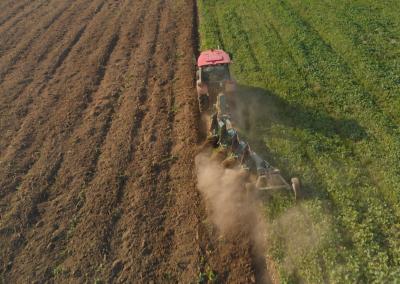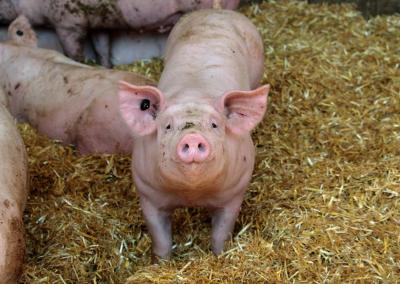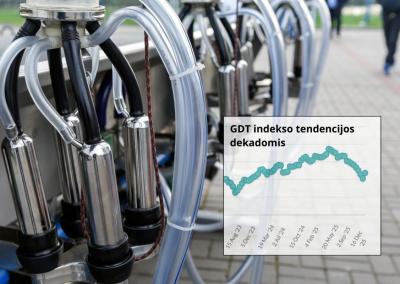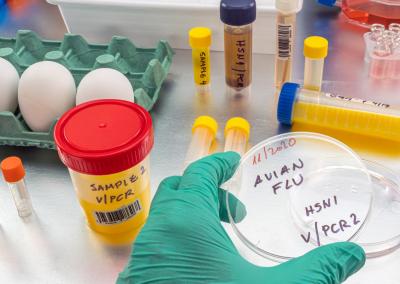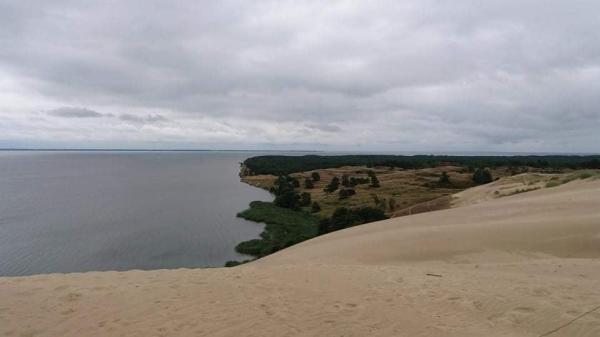Oxygen levels in the Curonian Lagoon reach dangerous levels: fish at risk
Hydrological observations made by the Hydrological Research Unit of the Environmental Protection Agency show that dissolved oxygen concentrations in the waters of the Curonian Lagoon and the Port of Klaipėda have declined as the water temperature has increased. Experts say that this situation is dangerous for many of the fish that swim in these waters.
The Environmental Protection Agency reports that measurements taken on 19–20 May show that oxygen concentrations have reached dangerously low levels for fish living in water bodies. The minimum oxygen concentration was 7.1 mg/l at the Juodkrante station and 5.9 mg/l at the Klaipėda harbour station. According to Donatas Bagočius, Chief Specialist of the Hydrological Research Unit, if the oxygen concentration varies between 6.5 and 9.5 mg/l, it is difficult for small fish to survive, while if the oxygen concentration varies between 4 and 6.5 mg/l, many fish are at risk of non-survival.
„Fish and other aquatic animals need oxygen to maintain their vital functions. If the oxygen concentration in water bodies drops to a critical level, aquatic animals begin to suffocate. When there is an excessive growth of animals, bacteria and plants in water bodies, oxygen is used up faster than normal," says Bagočius.
The last few days of hot weather in Lithuania have led to a rapid warming of the water in the Kuršių lagoon. Water temperatures rose to 20.4˚C at Juodkrantė and 18.8˚C in the Klaipėda Strait. These hydrometeorological conditions are reducing the solubility of oxygen in water. According to D. Bagočius, the rising temperature of the water body creates favourable conditions for the growth of phytoplankton (unicellular algae), which also contributes to the decrease in oxygen. The expert points out that the decrease in dissolved oxygen in the Curonian Lagoon as the weather warms up is an annual phenomenon.


